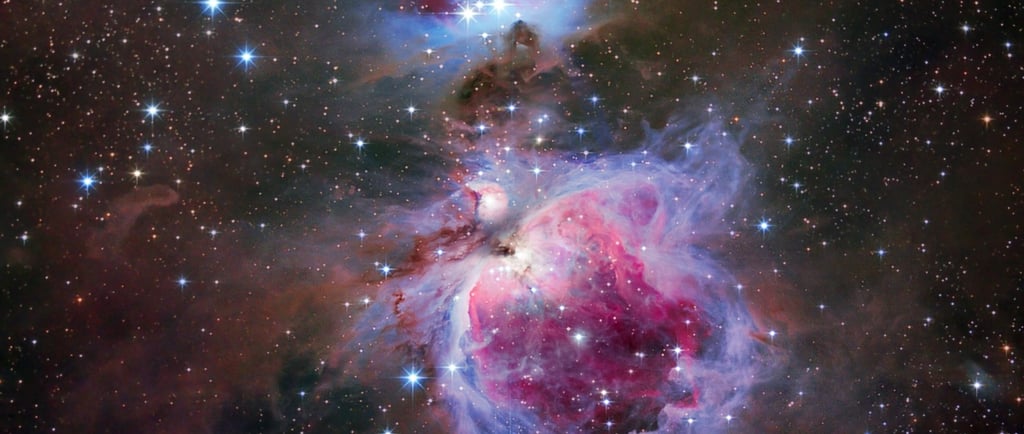Orion Molecular Cloud Complex: A Star-Forming Haven


Introduction to the Orion Molecular Cloud Complex
The Orion Molecular Cloud Complex is one of the most fascinating areas of our universe, renowned for its stellar formation processes and rich astronomical phenomena. This intricate region hosts two significant giant molecular clouds, known as Orion A and Orion B, which play crucial roles in the birth of new stars. With estimated stellar ages peaking at around 12 million years, the Orion Molecular Cloud Complex offers a window into the life cycle of stars and the vast gas and dust structures that surround them.
The Structure of the Orion Molecular Cloud Complex
Within the Orion Molecular Cloud Complex lie a multitude of stellar nurseries. These regions, primarily contained within Orion A and Orion B, are bustling with the birth of new stars. These gas-rich areas provide the necessary conditions for star formation, as their density allows gravity to pull matter together. As this process unfolds, it creates various types of stars, which can range in size and type, depending on the local environmental conditions.
Orion A, the larger of the two clouds, presents an incredible sight with its bright nebulae, such as the famous Horsehead Nebula. Meanwhile, Orion B, while slightly less massive, contains a vibrant mix of components that contribute to its own stellar generation processes. Observational studies of these regions reveal the complexities involved in star formation, from the initial cloud collapse to the ignitions that lead to nuclear fusion.
The Significance of Star Formation in the Orion Complex
Understanding the stellar ages and formation within the Orion Molecular Cloud Complex allows astronomers to study the evolutionary process of stars in greater depth. The stars that are currently forming within these clouds offer insights not only into their development but also into the conditions prevailing when our own Solar System was formed. This research is crucial, as it helps to illuminate the mechanisms of star formation across different galactic environments.
The Orion Molecular Cloud Complex thus stands as a vital resource for astrophysical studies. As researchers continue to explore its intricacies, new methods and technologies—such as infrared and radio telescopes—enhance our ability to observe and comprehend these celestial bodies. The knowledge gleaned from this region contributes significantly to our understanding of the universe's history and the cosmic evolution that shapes it.
In conclusion, the Orion Molecular Cloud Complex is not just a star-forming region; it represents a cosmic playground where scientists unravel the mysteries of stellar life cycles. From the initial stages of formation to the unveiling of mature stars, every aspect of this complex provides an enriching focus for ongoing research in astrophysics.
